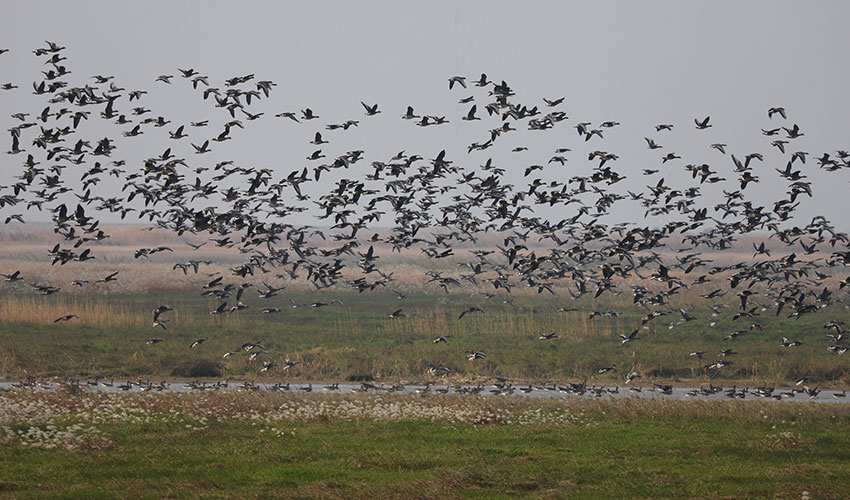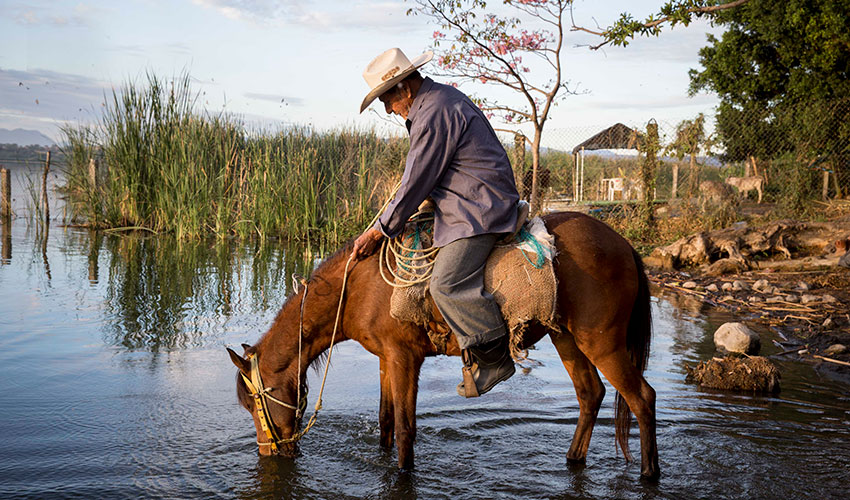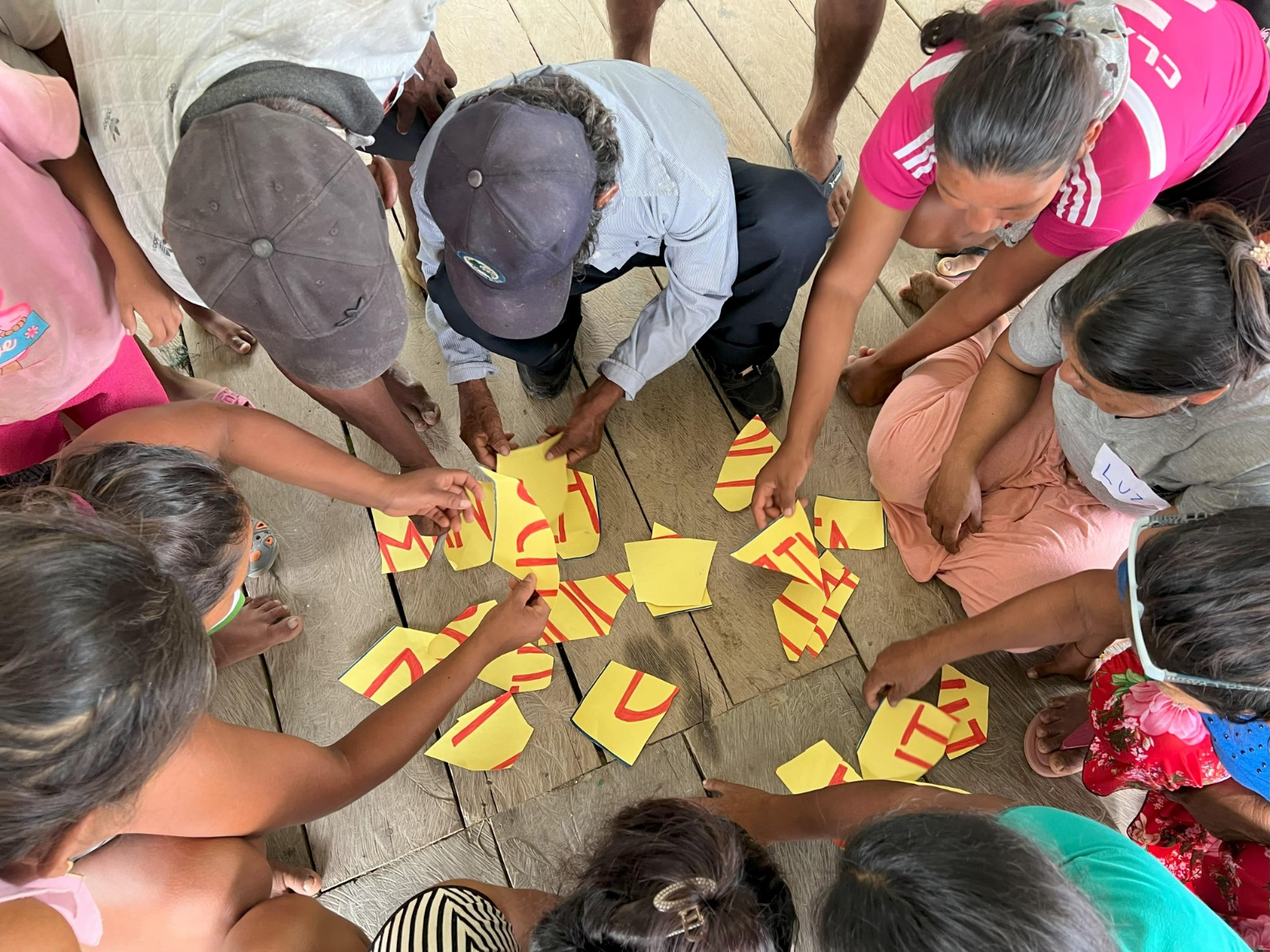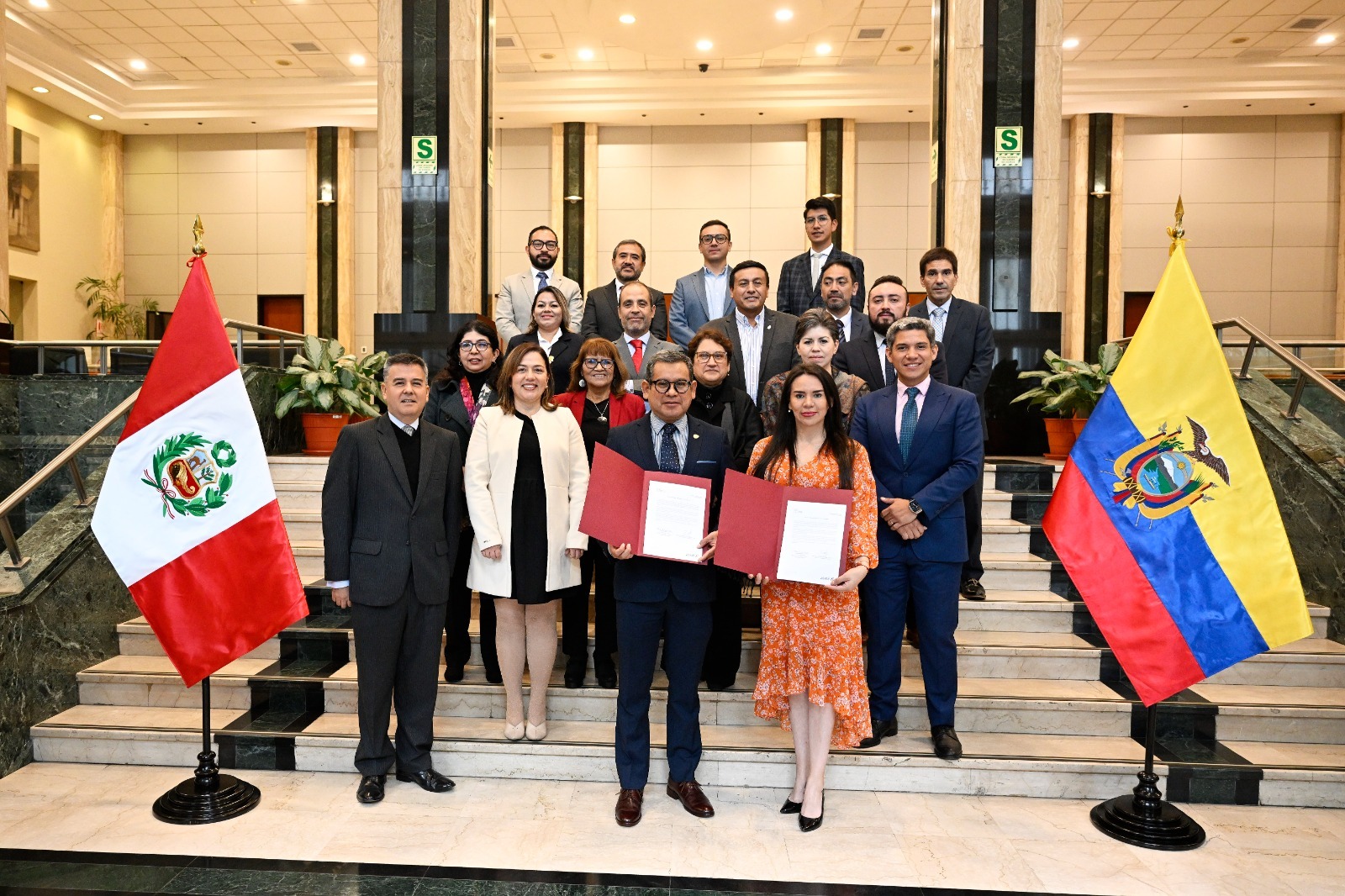On 2 February we celebrate World Wetlands Day and the enormous benefits that wetlands supply to humans and to a huge spectrum of biodiversity. An objective of the Day is to draw attention to the inseparable nature of water, wetlands, and life; the water we use is indivisibly linked with the watersheds, ecosystems, and aquifers that determine where it flows. Other factors include the complex mix of public and private uses of water, which are sometimes in competition with each other, and frequently in competition with the ecological needs of water to support ecosystems. These complexities make water extremely difficult to manage sustainably and so World Wetlands Day also draws attention to the growing water crisis, to which we must respond.
World Wetlands Day highlights the close link between climate change and water insecurity; climate change exacerbates the water crisis. Recently there have been tendencies to treat this global water crisis as somewhat comparable to climate change. It is true that climate change and water insecurity are two of the most important environmental crises the world faces. The former is recognised through the Paris Agreement but there is no global agreement on water beyond some targets within the Sustainable Development Goals, and Goal Six in particular. We need to elevate the importance of the global water crisis and marshal commensurate actions, but in a recent paper we warn against simply taking core concepts used to frame climate change mitigation and applying them to water security issues.
We warn against simply taking core concepts used to frame climate change mitigation and applying them to water security issues. The water crisis is more complex.
The climate crisis can be addressed by the single goal of limiting global warming to 1.5°C, as per the Paris Agreement, and a reduction of emissions to address this confers benefits everywhere. The water crisis is more complex. It encompasses a multiplicity of regional and local crises driven by unique characteristics. Water is unequally distributed such that different regions can have profoundly different problems, with too much or too little water at different times of year. The responses to these challenges will be significantly different.
We concur with Dr Rebecca Flitcroft, Research Fish Biologist for the US Forest Service and Co-Chair of the IUCN World Commission on Protected Areas’ Freshwater Specialist Group, and her colleagues in their statement that there is “no standard template for catchment management that works well everywhere”. Instead our solutions to the water crisis must be place-based and account for the ecological characteristics of individual watersheds, and the ways in which local communities use these resources.
Our solutions to the water crisis must be place-based and account for the ecological characteristics of individual watersheds, and the ways in which local communities use these resources.
To achieve this, we must consider more than the most easily measurable aspects of water management such as water quantity or quality. We must work across traditional silos of water management (water use and governance, riparian landscape management, ecological conservation etc.) and bring these components of water management together in our solutions.
“We are at an important time in terms of high-level policies for biodiversity and sustainable development with the Post-2020 Global Biodiversity Framework in development and the Sustainable Development Goals under review. This study makes an important point, that the conservation and management of freshwater ecosystems must address and integrate local ecological interests with diverse social and economic issues of resource use.” said Razan Al Mubarak, Managing Director of the Mohamed bin Zayed Species Conservation Fund and a candidate for IUCN President.










Añadir nuevo comentario